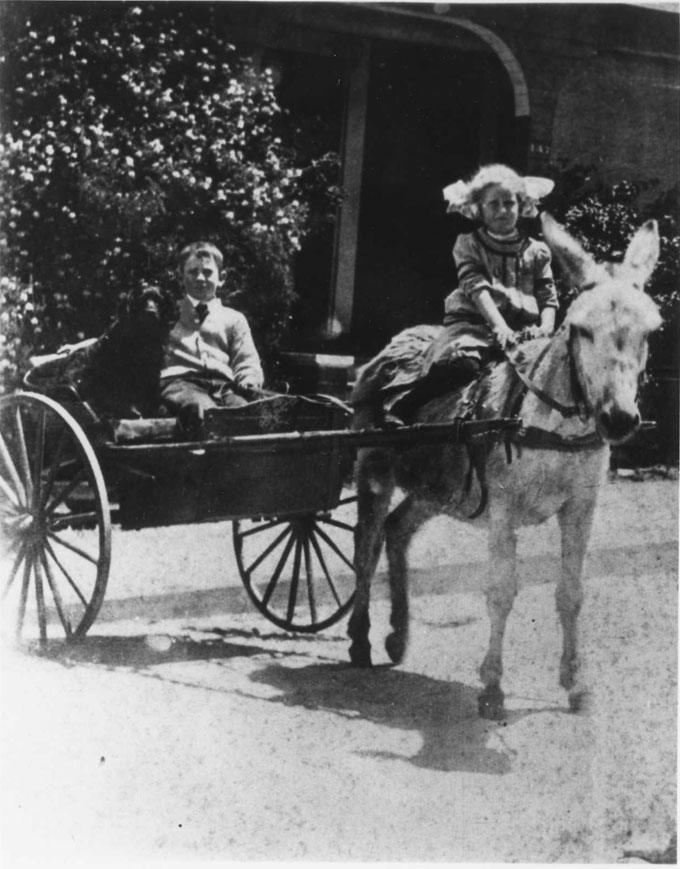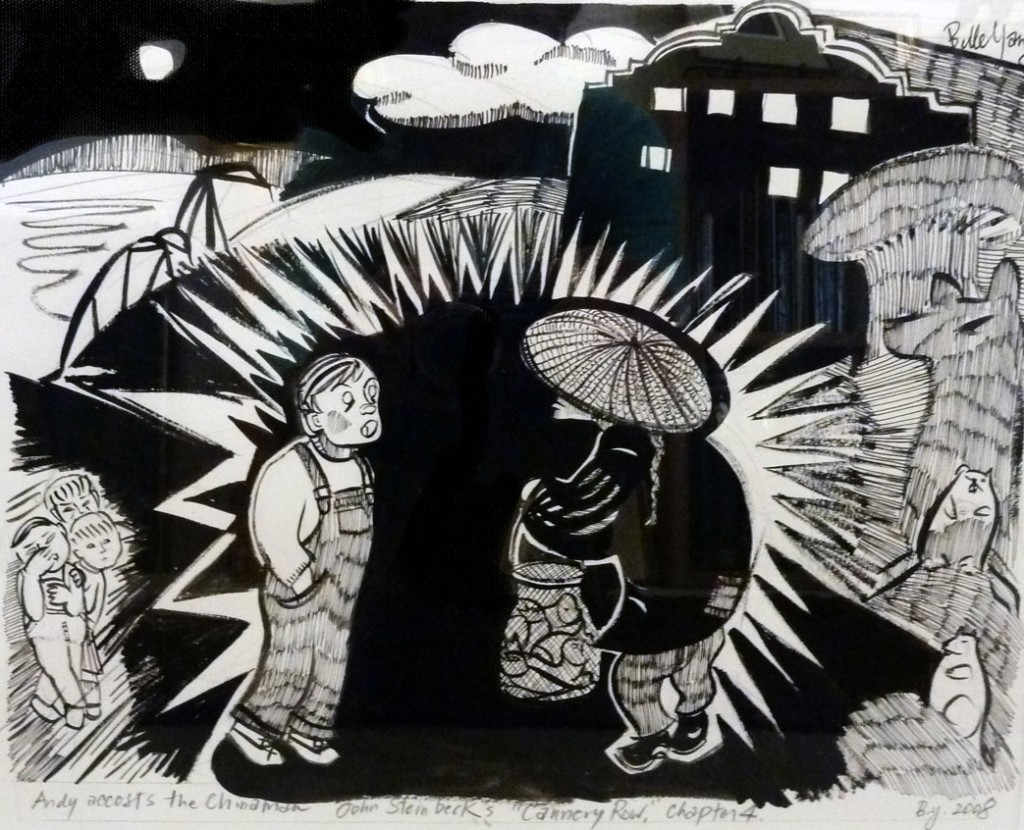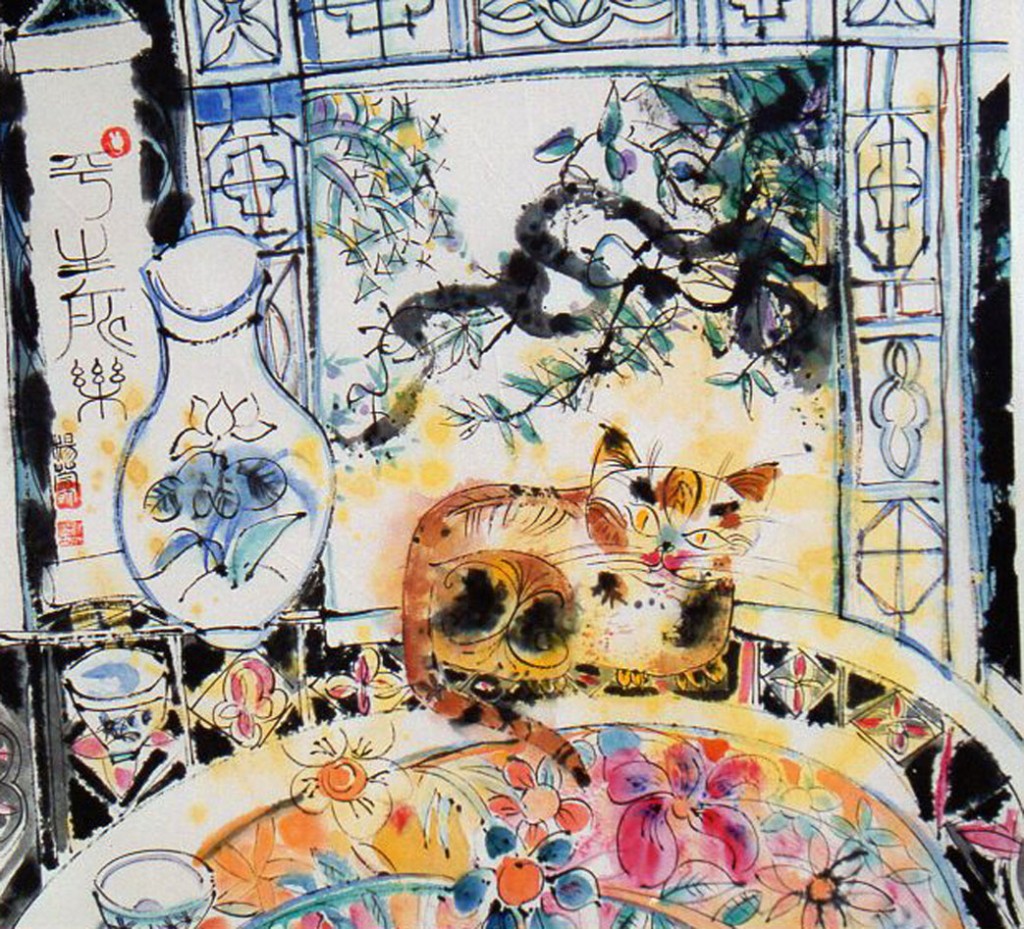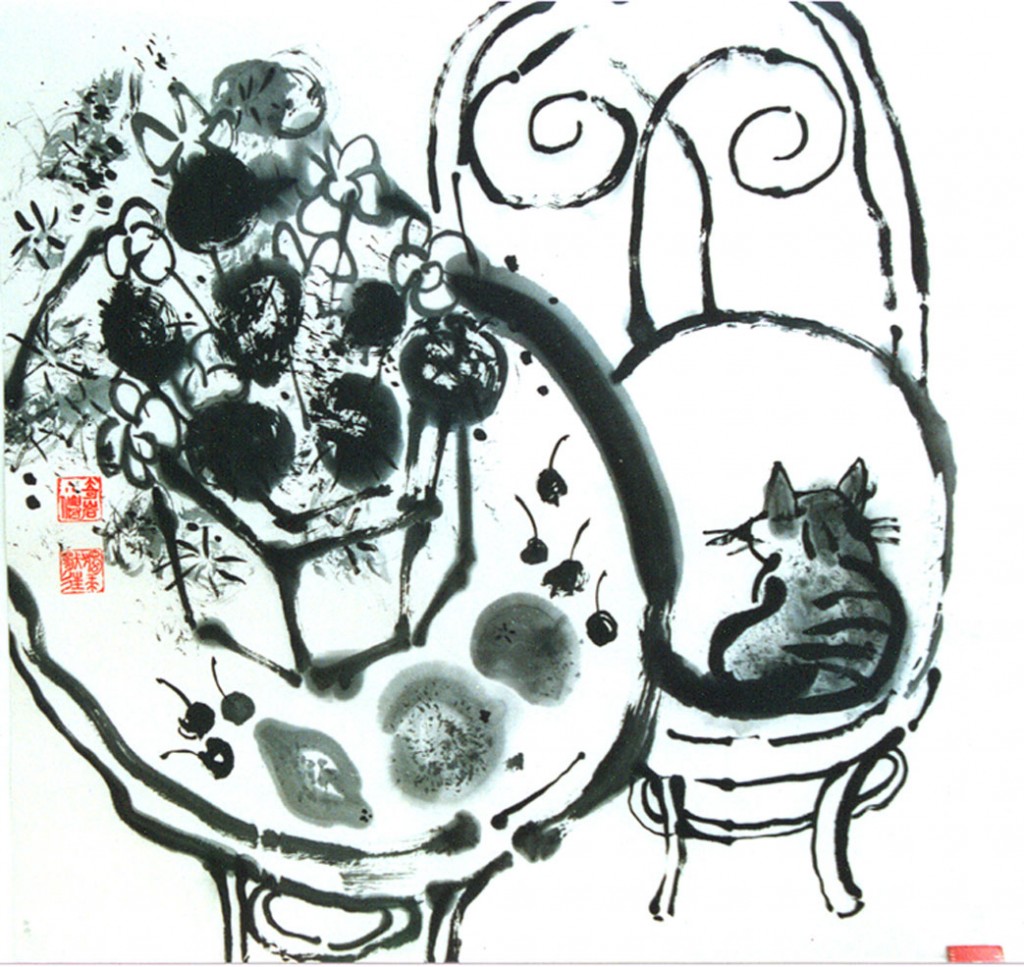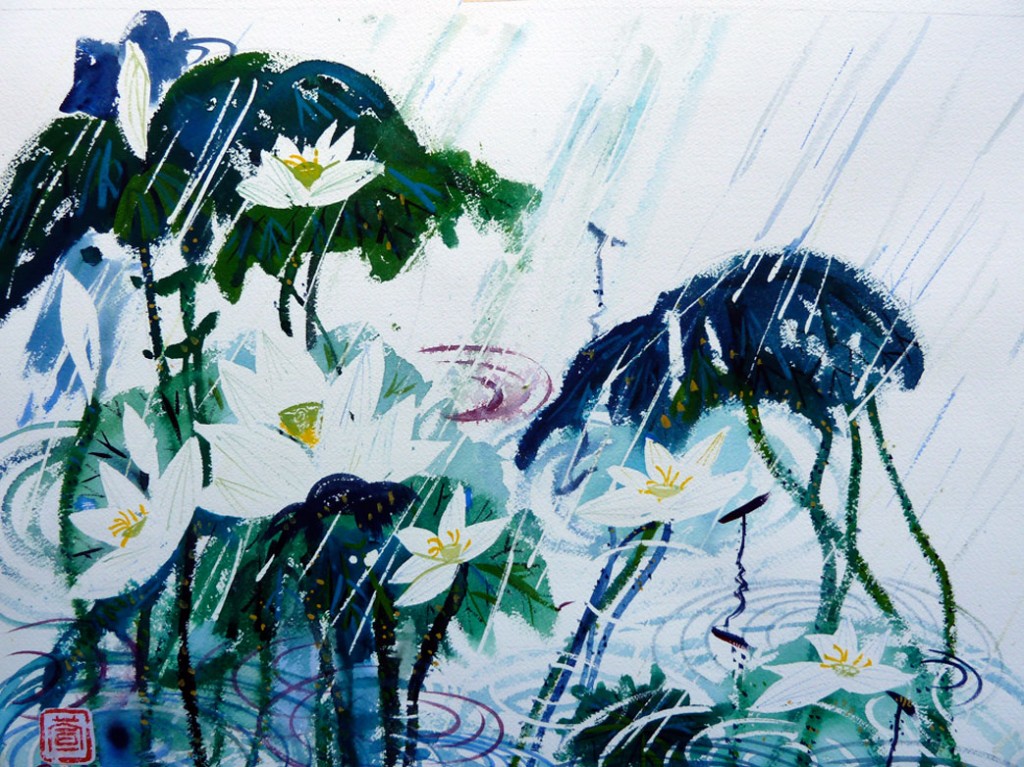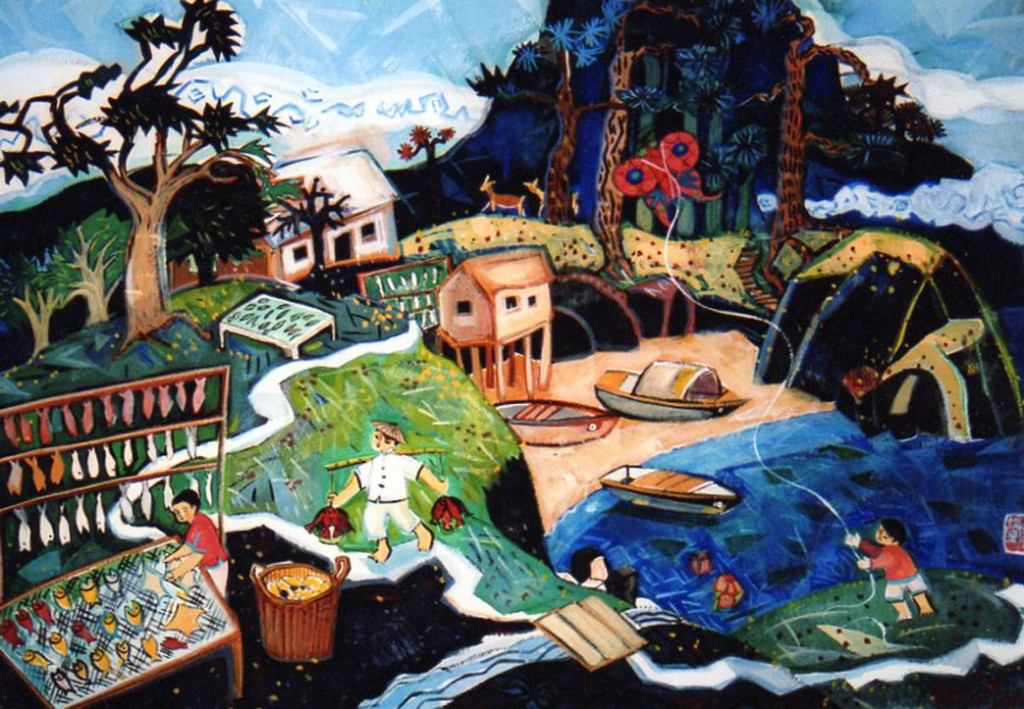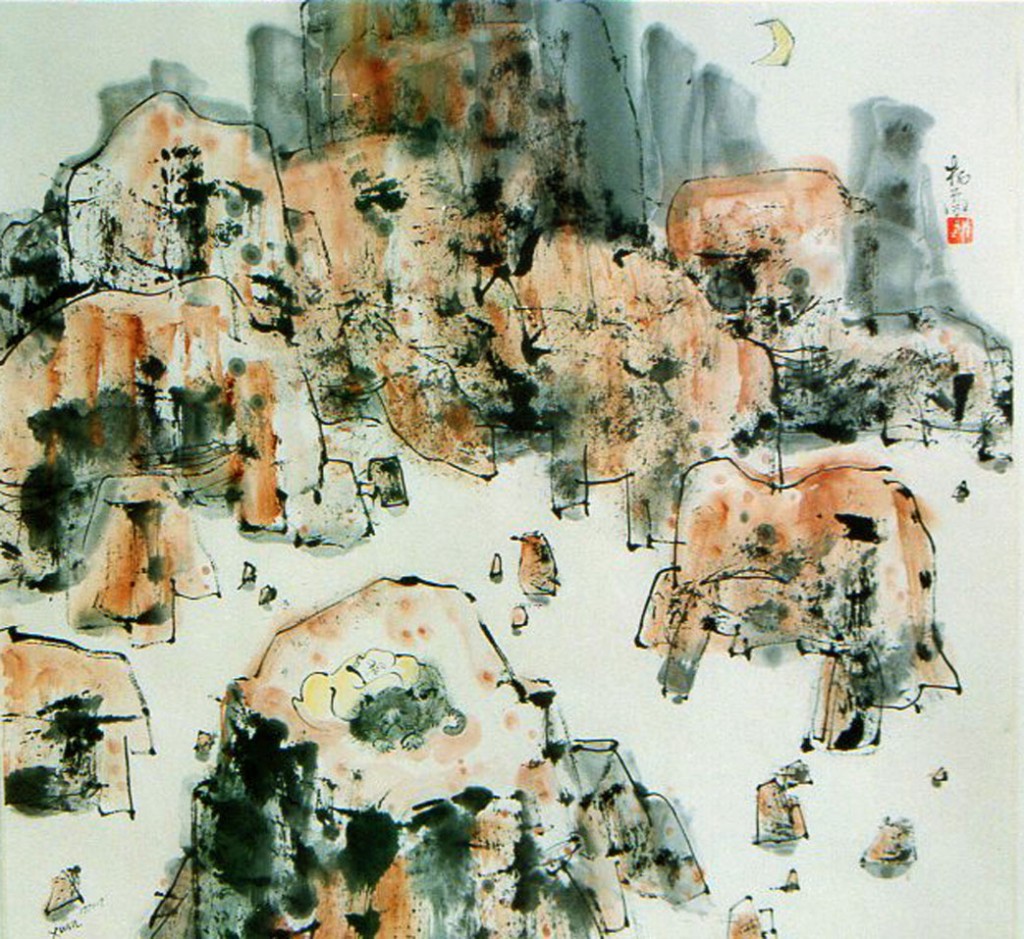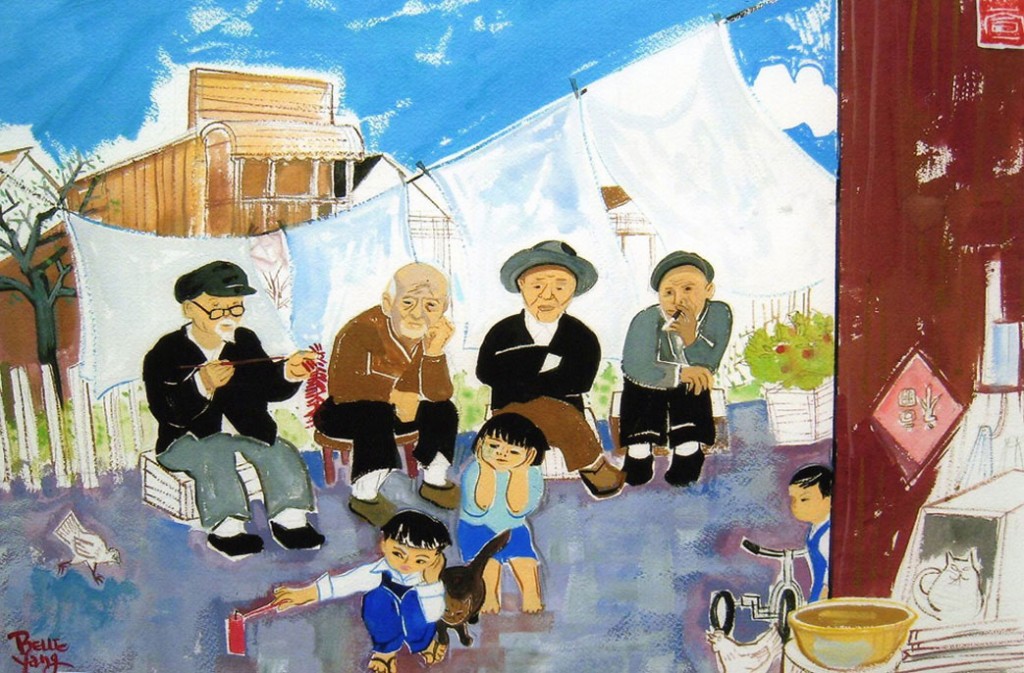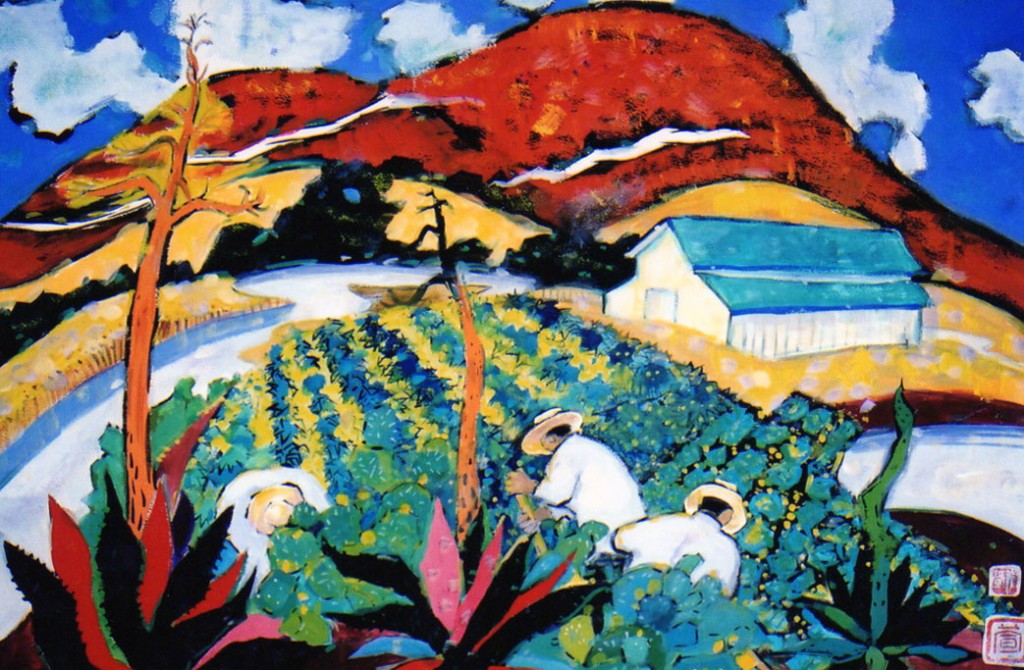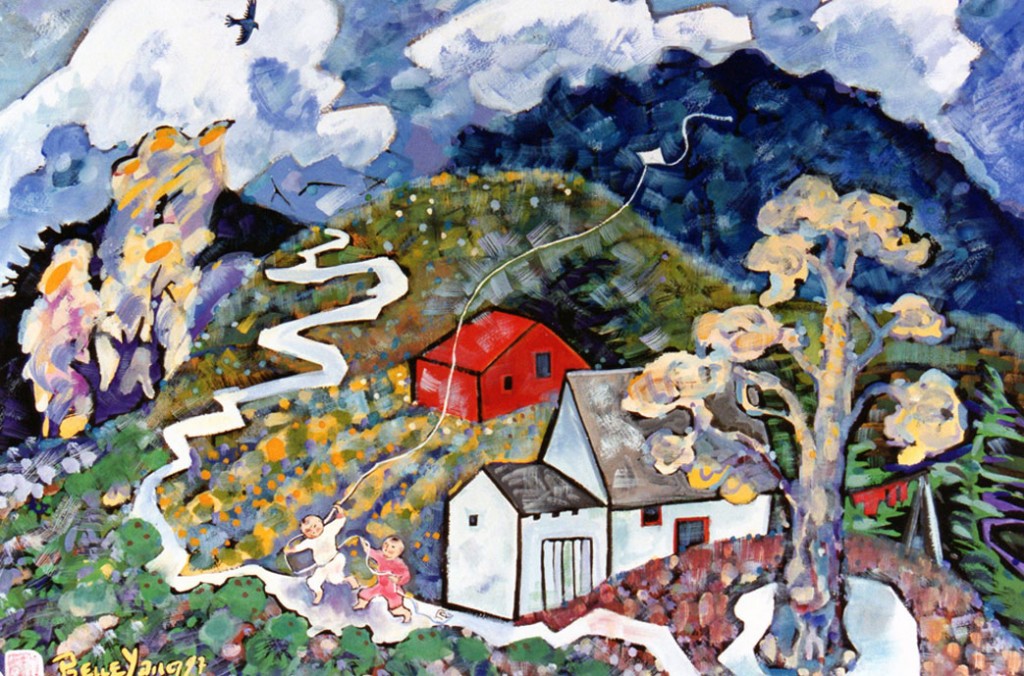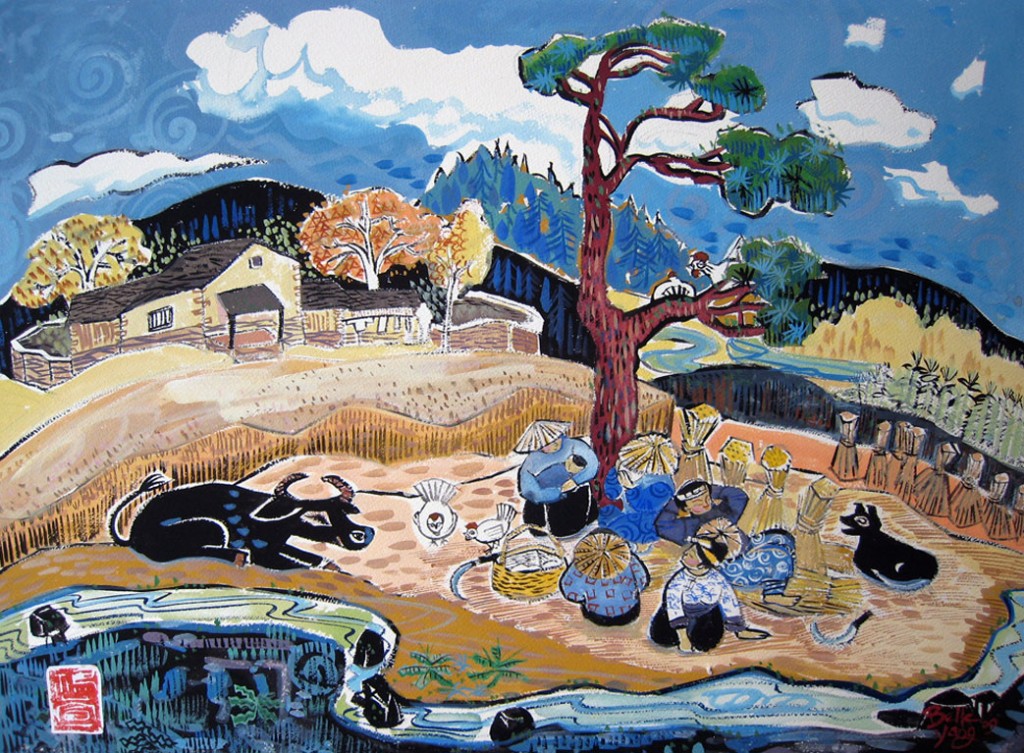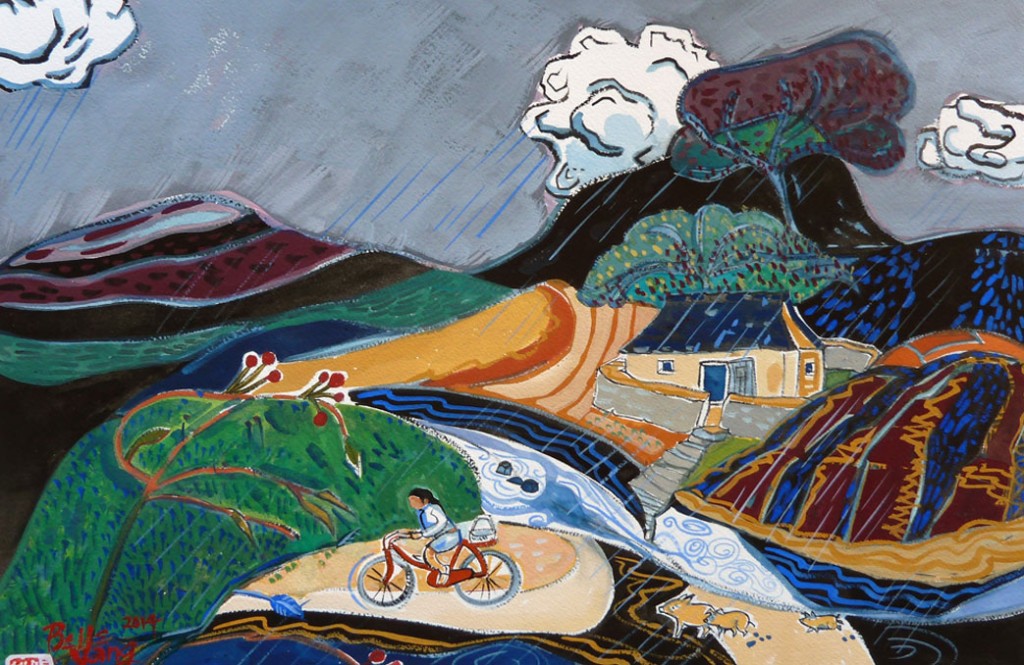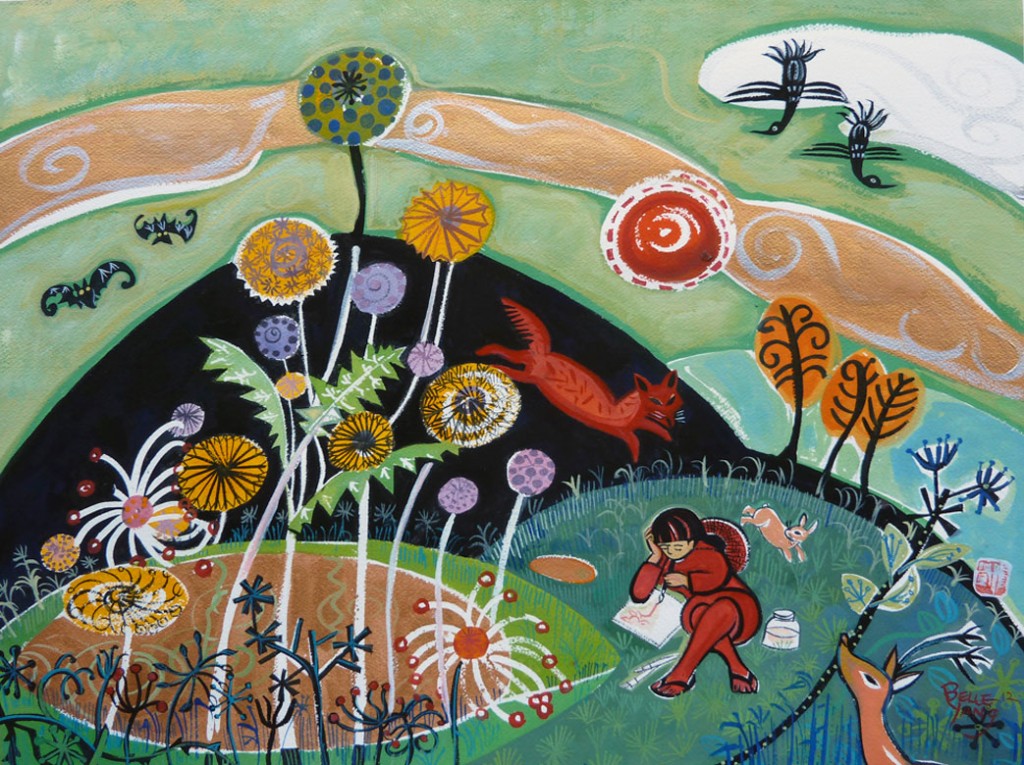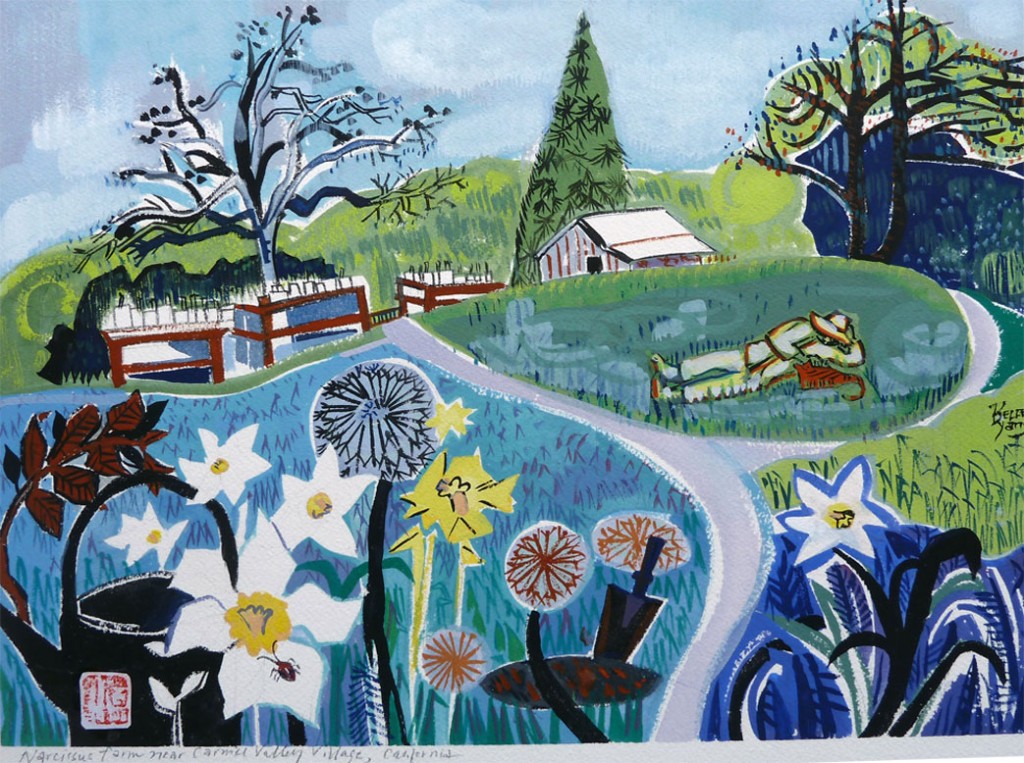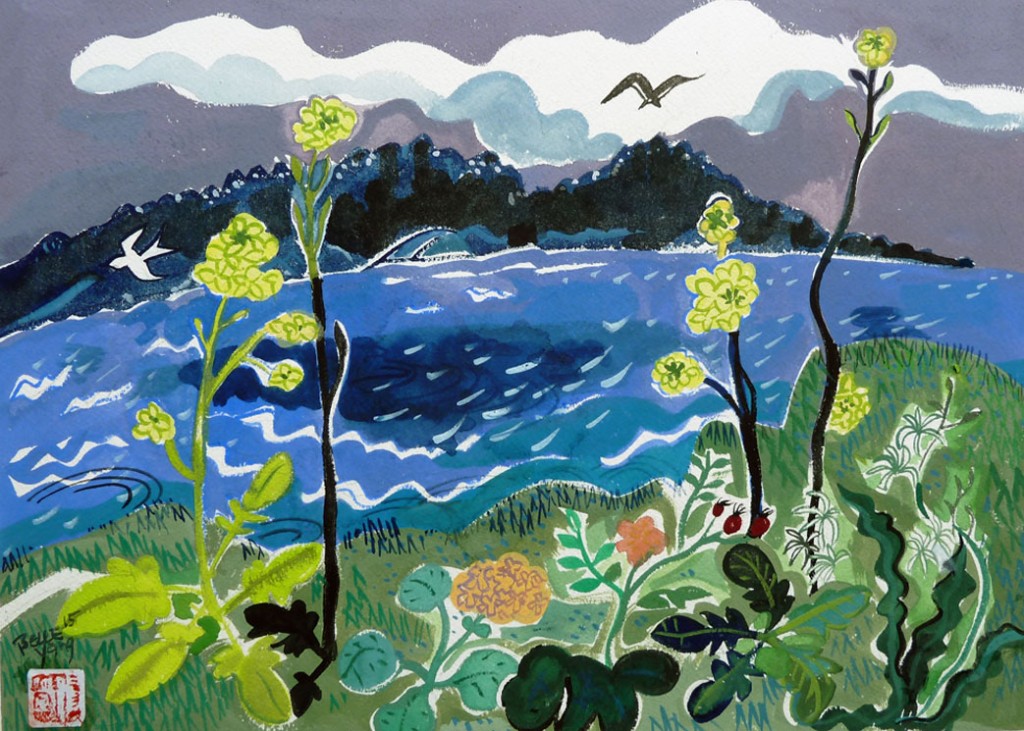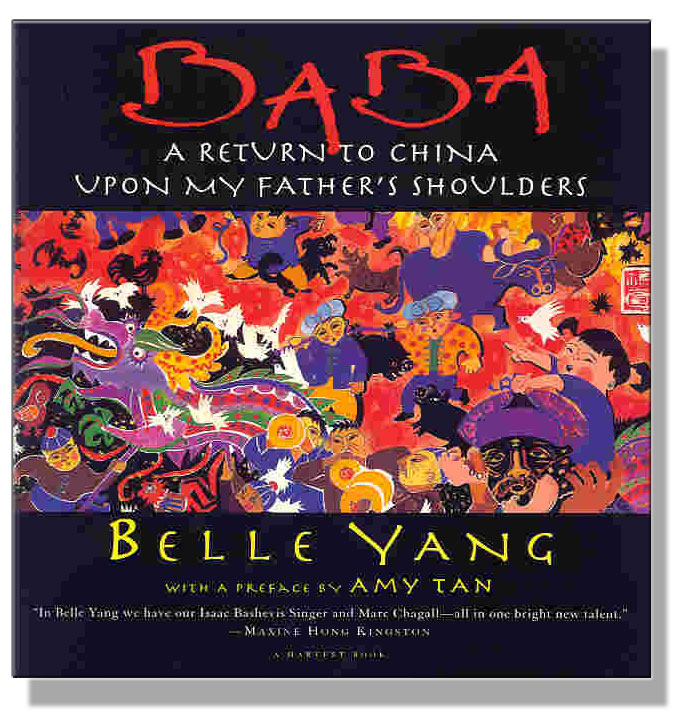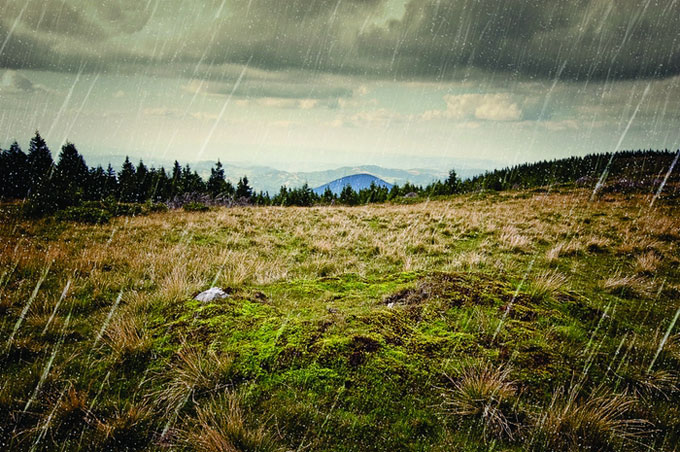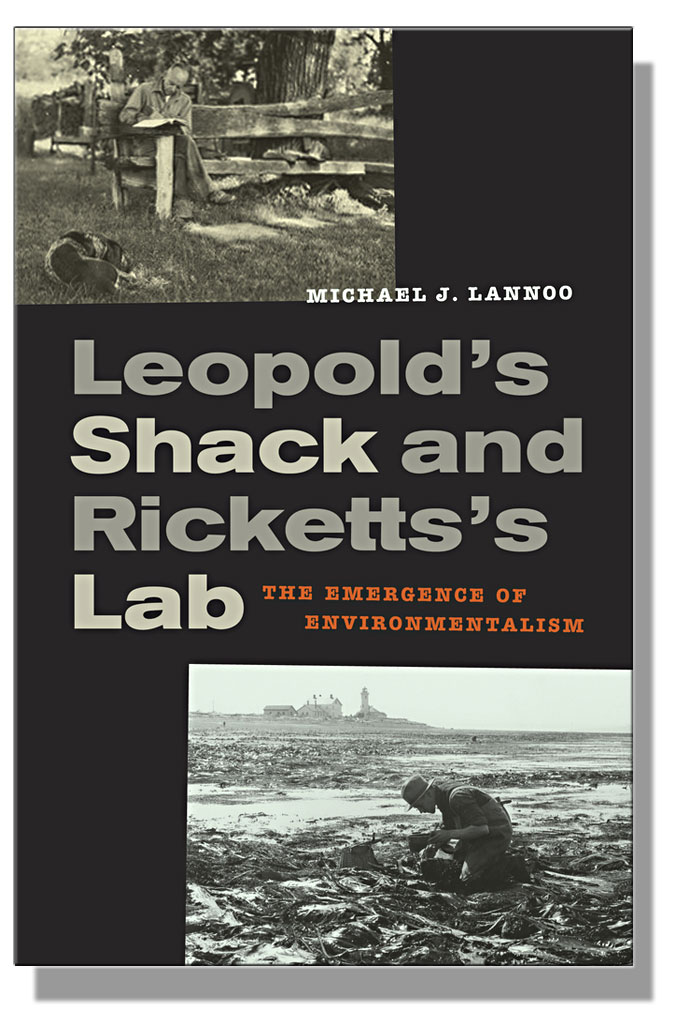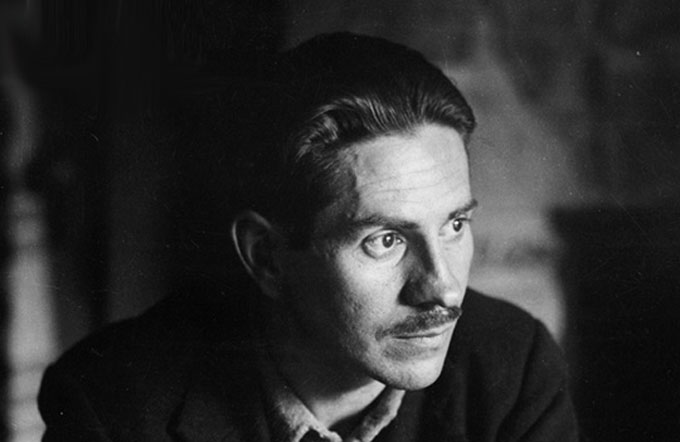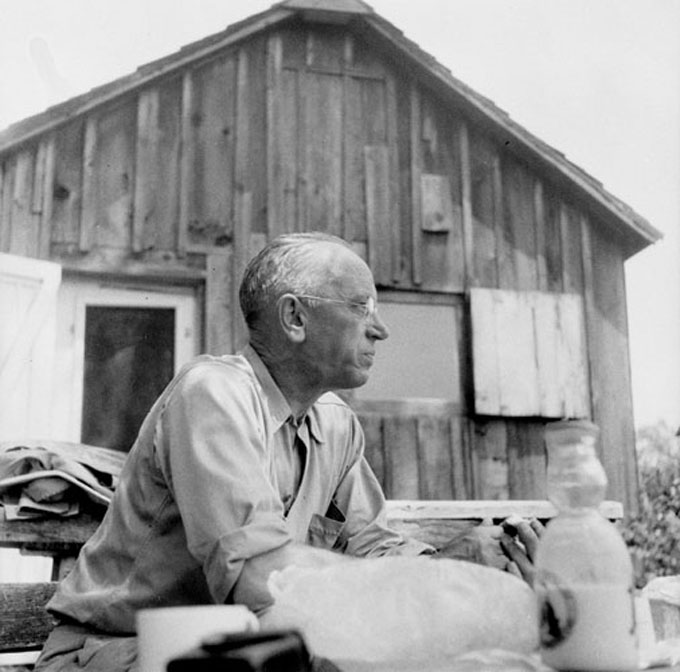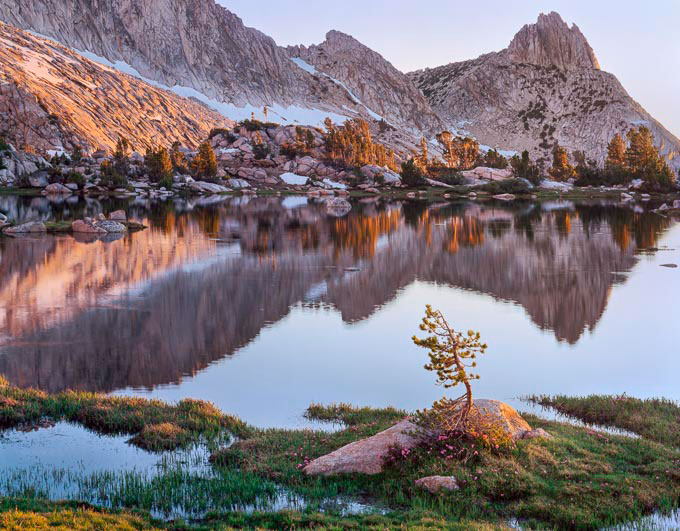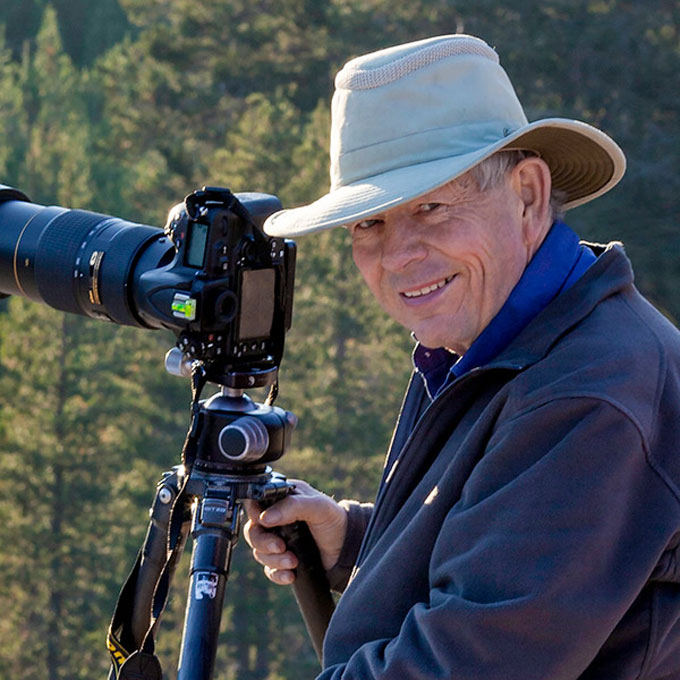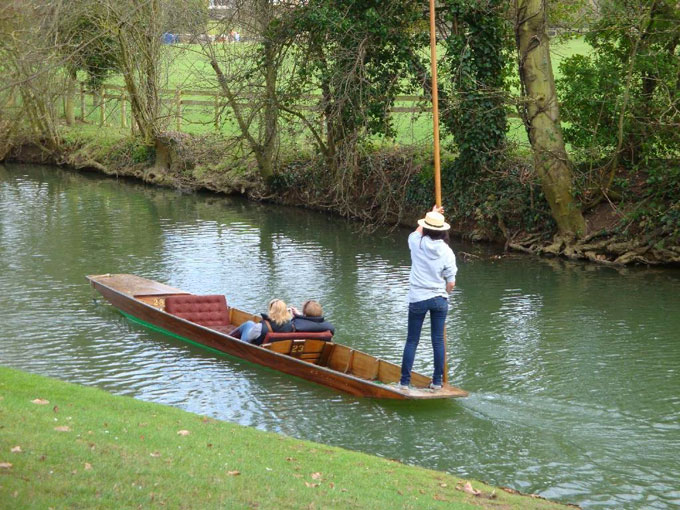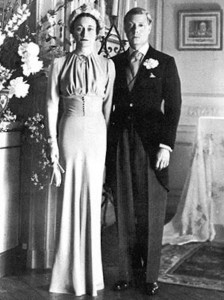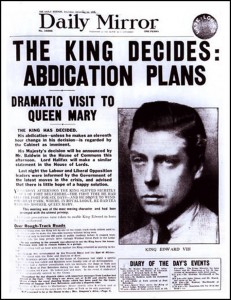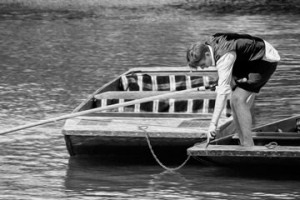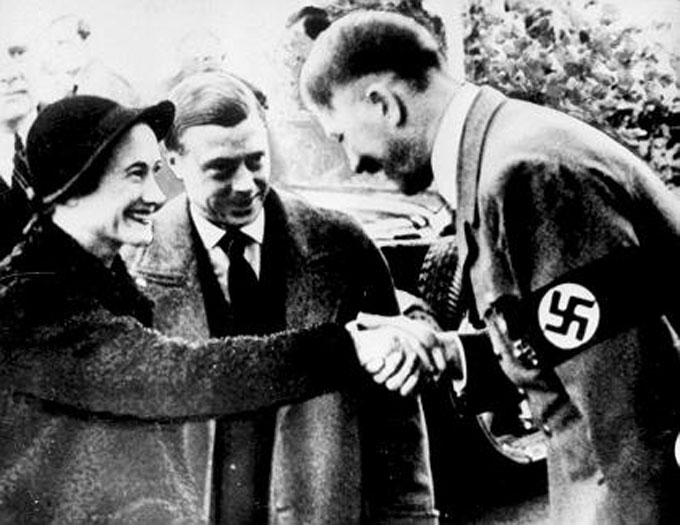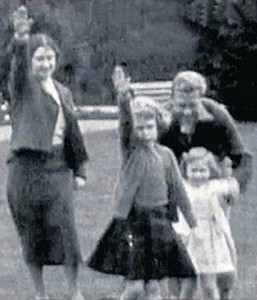John Steinbeck rarely wrote about sports, disliked book-signing crowds, and left Salinas, California more or less for good when he enrolled at Stanford University almost 100 years ago. Bucking family tradition on all three points, a young sports-reporter-turned-book-writer named Molly Knight—the great-granddaughter of Steinbeck’s younger sister Mary Steinbeck Dekker—returned to the National Steinbeck Center in Salinas on August 23 for a book-signing and lively Q & A about her bestselling book, The Best Team Money Can Buy: The Los Angeles Dodgers’ Wild Struggle to Build a Baseball Powerhouse. By all accounts the Sunday afternoon event in John Steinbeck’s home town hit a home run.
From Stanford University to the Los Angeles Dodgers
Like her famous great-great-uncle and his favorite sister, Knight attended Stanford University, where she majored in human biology; John and Mary studied biology at Stanford’s Hopkins Marine Station, not far from Salinas, in 1924. After graduating from Stanford (something Mary did but John Steinbeck didn’t do), Knight worked for ESPN before leaving the network to write her book about the Los Angeles Dodgers, a sharp-eyed baseball-insider’s look at big-business sports. Not a topic you’d think would appeal to Steinbeck or to scholars and fans of his work, perhaps—but you’d be wrong. In fact, the Dodgers were part of Steinbeck’s own household. Steinbeck’s wife Elaine was a Dodgers fan before the team moved west, and John was drawn to Elaine’s “pure spiritual energy” for the team.
Like her famous great-great-uncle and his favorite sister, Knight attended Stanford University, where she majored in biology, a subject John and Mary studied together at Stanford’s Hopkins Marine Station, not far from Salinas.
Steinbeck’s personal interest in sports was “catholic but cool,” the phrase he used in a little essay he wrote for Sports Illustrated in 1965 entitled “Then My Arm Gassed Up.” When Steinbeck scholar and National Steinbeck Center director Susan Shillinglaw heard about Knight’s Los Angeles Dodgers book, she was intrigued: women sportswriters are a rare breed. When Knight spoke, said Shillinglaw, “It was immediately clear that she shared some of Steinbeck’s journalistic sensibilities—she’s curious, engages her subject, knows her stuff—and was on the scene when it mattered most. Molly’s style is forthright, and she tells a good story.”
Clayton Kershaw and the Rewards of Humanitarianism
Knight’s book begins with an interview she conducted with Clayton Kershaw, the Los Angeles Dodgers starting pitcher who is the subject of the prologue from which Knight read at the National Steinbeck Center event. Kershaw sounds exactly like John Steinbeck’s kind of guy. A left-handed strike-out star who was major league baseball’s youngest player when he started at age 20, Clayton Kershaw has been compared to Sandy Koufax, the legendary Jewish pitcher who played for the Dodgers when the team was still in Brooklyn and John and Elaine Steinbeck were living in New York 60 years ago. Both pitchers have won trophies for their athletic prowess, but Kershaw—with his wife—has also been honored for raising money to build an orphanage in Zambia, world-humanitarian work that John Steinbeck would surely applaud, despite the Dodgers’ defection from Brooklyn to Los Angeles in 1957.
A left-handed strike-out star who was major league baseball’s youngest player when he started at age 20, Clayton Kershaw has been compared to Sandy Koufax, the legendary Jewish pitcher who played for the Dodgers when the team was still in Brooklyn and John and Elaine Steinbeck were living in New York 60 years ago.
Another writer—Nick Taylor, director of the Martha Heasley Cox Center for Steinbeck Studies at San Jose State University—was in the National Steinbeck Center audience and loved what he heard Knight say, both about her book and about the author of East of Eden, her favorite Steinbeck novel. More than most, Taylor understood what he was listening to when Knight talked baseball: the hero of Taylor’s thriller The Setup Man (published under the pen name T.T. Monday) is an aging Dodgers pitcher with a second career solving murders in the sometimes-shady world of big-league sports. Taylor responded to a request for comment:
When asked whether creative writing talent might be genetic, Ms. Knight replied that she didn’t think she had inherited any of her famous forebear’s talent for writing. (I disagree.) However she pointed out that she shares her great-great-uncle’s interest in exposing injustices. In her case, as a baseball reporter working for ESPN, she witnessed first-hand the corrupt and vain owners of the Dodgers starving the organization of cash and driving the team, which is a kind of cultural trust shared by all of us, into the ground. This is what inspired her to start writing about the Dodgers, and she says that sense of outrage, of the very rich abusing the common people, is what motivated her to write the book.
Carol Robles is a Steinbeck historian and Salinas, California resident who has been involved with the National Steinbeck Center since it began and is familiar with members of the Steinbeck family. She shared her impressions of the event as well:
The National Steinbeck Center started the sunny afternoon off with hot dogs, popcorn, and cracker jacks. After our baseball snacks, the crowd filled the stadium seating room to hear young Molly Knight tell us about her first published book. (Her grandmother Toni Heyler, Mary Steinbeck Dekker’s daughter and John Steinbeck’s niece, was in the audience.) Molly seemed so young and innocent, yet so composed and charming as she read to us from her the opening pages. Although I know very little about current baseball teams, her fast-moving talk kept me interested: though different from that of her distant Steinbeck relative, her writing style is delightful. Following the presentation and Q & A session, she signed copies of her book, taking time to talk with each person and writing lengthy personal inscriptions. This lovely young lady completely charmed her audience. Everyone seemed pleased when she announced she was going to write a second book.
Second books, as Steinbeck learned from experience, can prove challenging for young writers. But Molly Knight is building a solid following, and her fans are confident that her National Steinbeck Center audience can be counted on to show up for her next home game.

